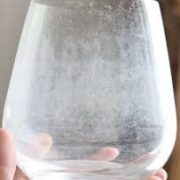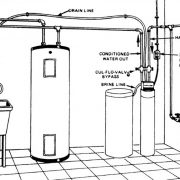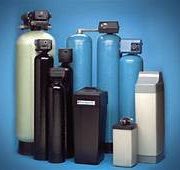Water softening is the process of dealing with a hard water issue. “Hard water” is the term used when your water contains more minerals than is usual. Hard water is usually made noticeable by the way your shampoos and soaps do not dissolve in the water. This is because of the calcium and magnesium content. Water highly concentrated with calcium and magnesium can cause your pipes to clog and the inability to wash your hair adequately. It also, through clogging pipes, makes household appliance efficiency diminish such as in hot water heaters, washing machines, and any appliance water is sent through. This makes water softening important at home, but it’s also an applicable solution for certain industries. Having the right water supply, often a delicate balance of positive or negative ions, is important to breweries, water treatment facilities that make drinking water, soda companies, and more.
The best solution for the problem is to install a water softener directly to the water supply coming from the outside well or street. The water softener removes ions from the water, the positively charged calcium, magnesium, and sometimes iron as well.
How does it work? A water softener collects the hard water in what is called a conditioning tank where it meets an iron exchanger, a technology that removes the positively charged ions and replaces them with sodium and potassium salts. The water softener will also drain its waste. Water softeners can last you many years. A water softener installed in the 1980s may still work and only require the salt all water softeners require. There are 3 types of salt sold: rock salt, evaporated salt, and solar salt. Really the consideration for what type of salt you need to use will depend on the type of softener you have, how old it is, and how often you want or need to clean the technology. Salt level is kind of like keeping oil in your car. It needs to be filled half way at all times and should be checked monthly.
How much does it cost? If you are replacing a water softener, you have a lot of options to choose from and you can pay a premium for new technology. Many water softeners are electric, but some now operate on water power. After you have a working water softener, the real operating cost is only the salt you need to put in it. The operating cost is likely less than 10 dollars per month.
Is it safe to drink? Because only minerals that make the water hard are removed like calcium and magnesium, the water is usually perfectly safe to drink and may only contain 3% more salt than it did prior. All the elements you need to have in your drinking water will still be in it.
If you have additional questions concerning your water softener or the use of one, you can call a trusted local water treatment professional for assistance. They can test your water and recommend any necessary adjustments or replacements so you can drink and use the best water possible for you, your family, your plumbing, and your appliances!











